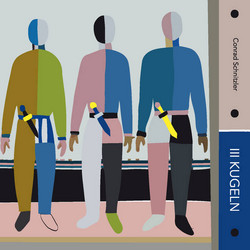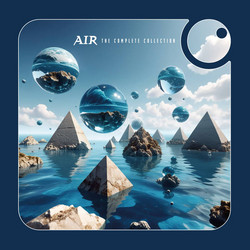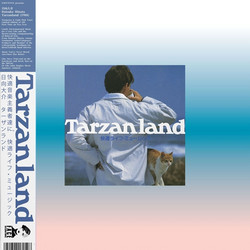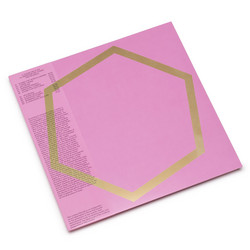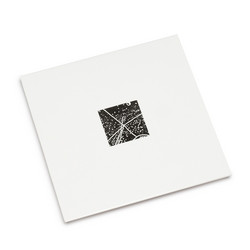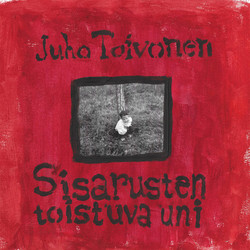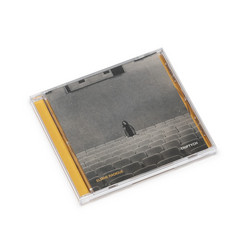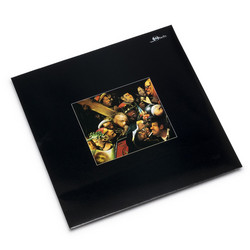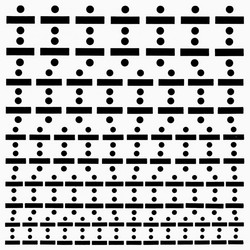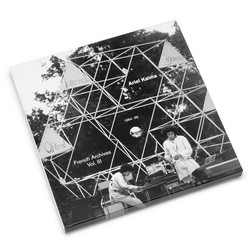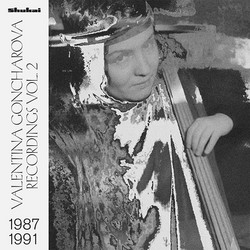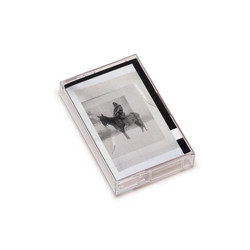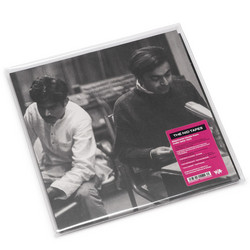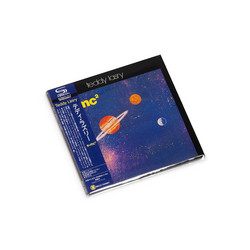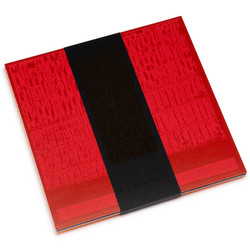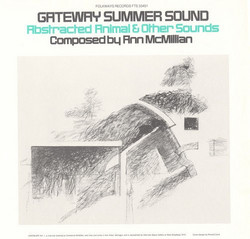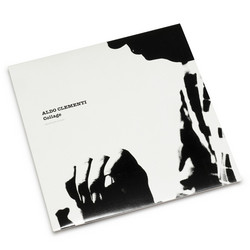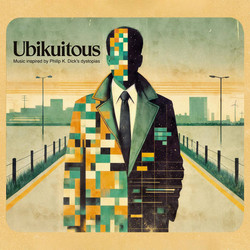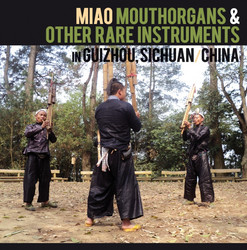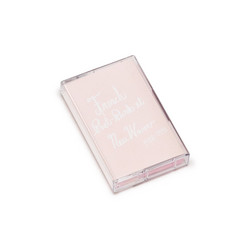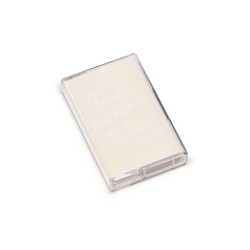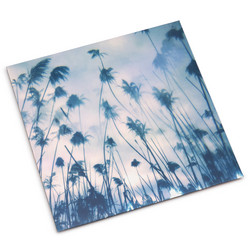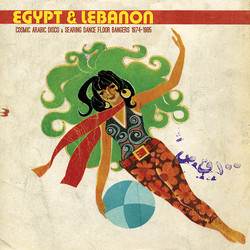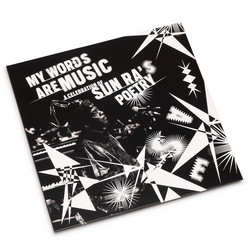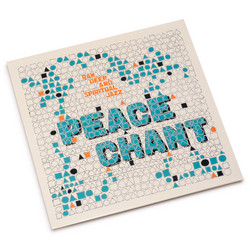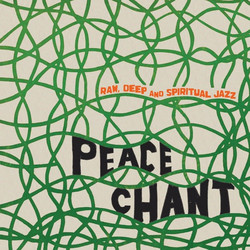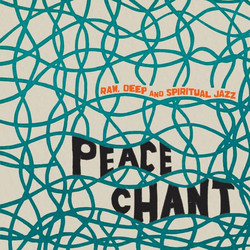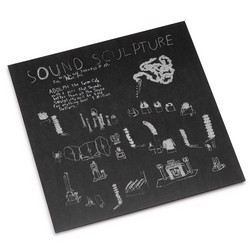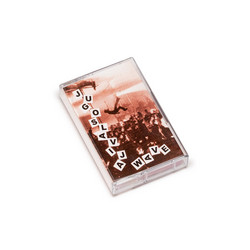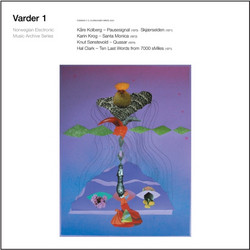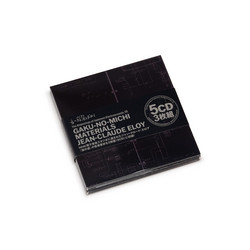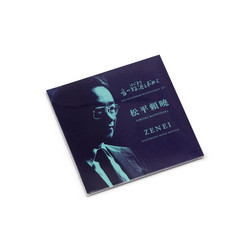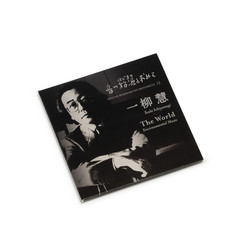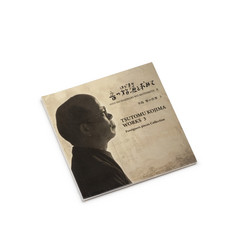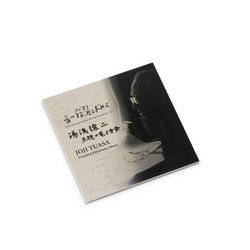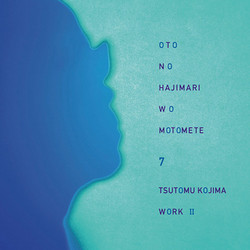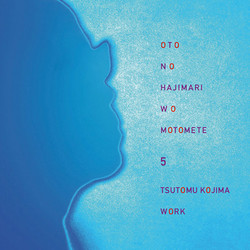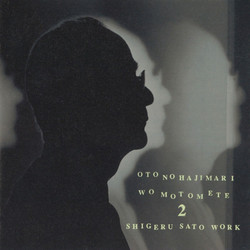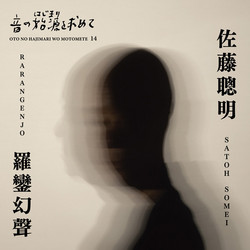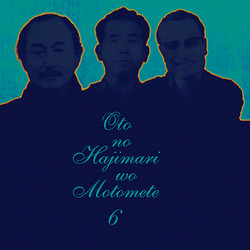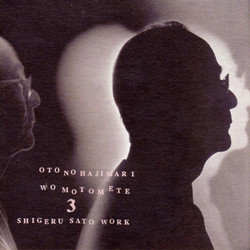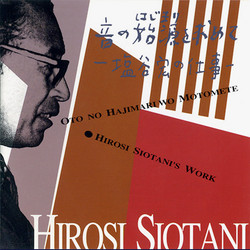Various
Oto No Hajimari Wo Motomete 4: Shigeru Sato Work
These pieces were recorded between 1963 and 1973 at the NHK electronic music studio, Tokyo. Includes 12-page booklet with liner notes in Japanese. This version was withdrawn from sale due to objections from Takeisha Kosugi. His track was then replaced by one by Michael Ranta, and the album was re-released under a different catalog number.
1. “Divertimento” Keitaro Miho
This is a live performance of live percussion instruments and electronically produced percussion instruments. Until then, it was mainly "off-line performance" in which many tape sounds were piled up many times. However in this work, "online performance" in which an operator attaches to several tape recorders and plays the tape is performed. Diversification has begun.
2. “Tokyo 1969” Toshi Ichiyanagi
The composition sounding work used the sound that was playing on TV and radio at that time as the material sound, and to incorporate the uncertain phenomenon of nature into the music with electronic sounds. Most devices in the electronic music studio were connected irregularly, and recorded by students operating the devices irregularly. Novel environmental music by chance operation.
3. “Transit ‘69” Akira Miyoshi
Tape editing and mix down play an important role. Using a ring modulator to change the tone of a percussion instrument live performance, the recorded sound was synthesized with the electronic percussion instrument sound. The complications of listening to useful material sounds from the tape sound of about nine hundred sounds have plagued composers.
4. “Yutsuki Hymn” Minao Shibata
This work is intended for live performances composed of erhu and darling, and simultaneous live performances of pre-recorded humor and electronically modulated sounds. The modulated sound is designed to enhance live performance.
5. Michael Ranta Kagakuhenka
6. “Panoramic Sonor” Akinori Takeda
This is the fi rst computer music ever made in NHK. The material sound was produced on the computer FACOM270/30, but the rhythm production, echo addition, and synthesis mixing were performed at an electronic music studio. Computers then were less than a millionth the performance of PCs today.
These pieces were recorded between 1963 and 1973 at the NHK electronic music studio, Tokyo. Includes 12-page booklet with liner notes in Japanese.
